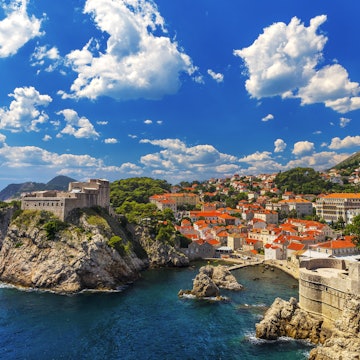

©Weerasak Saeku/Getty Images
Overview
If your Mediterranean fantasies feature balmy days by sapphire waters in the shade of ancient walled towns, Croatia is the place to turn them into reality.
Leave the planning to a local expert
Experience the real Croatia. Let a local expert handle the planning for you.
Must-see attractions
Planning Tools
Expert guidance to help you plan your trip
Best Things to Do
Ancient fortresses, national parks, superior wines, charming towns and white water thrills top this list of Croatia's best experiences.
Read full article
Best Places to Visit
From mighty waterfalls to quiet fishing villages to dazzling Roman ruins, you'll find lots of great places to visit in Croatia. Here are the top 16.
Read full article
Best Time to Visit
You'll find it all in Croatia: a party vibe, water sports, plus culture and festivals. Here are the best times to go for your ideal experience.
Read full article
Things to Know
Plan the perfect trip to Croatia with these insider tips on health, safety and etiquette.
Read full article
Transportation
Getting around Croatia is generally a breeze. Here's everything you need to know – from public transportation to ferries and trams to car rentals.
Read full article
Visa Requirements
Travel to Croatia is easy. Even if you don't need a visa, you may need to a waiver to visit. Read on for information on visiting or working in Croatia.
Read full article
Money and Costs
Take the bus. Visit off season. Eat up at local bakeries. We’ve rounded up these and more tips for making your euro go further on your next Croatia trip.
Read full article
Traveling with Kids
From the tiniest tots to the tallest teens, Croatia has lots of attractions that delight the whole family. Here's how to plan your trip with the kids in tow.
Read full article
Best Road Trips
With its stunning Adriatic coastline that reveals one beauty spot after another, Croatia was made for road-tripping. Here are seven of the best drives.
Read full article
Get a book. Get inspired. Get exploring.
in partnership with getyourguide
























